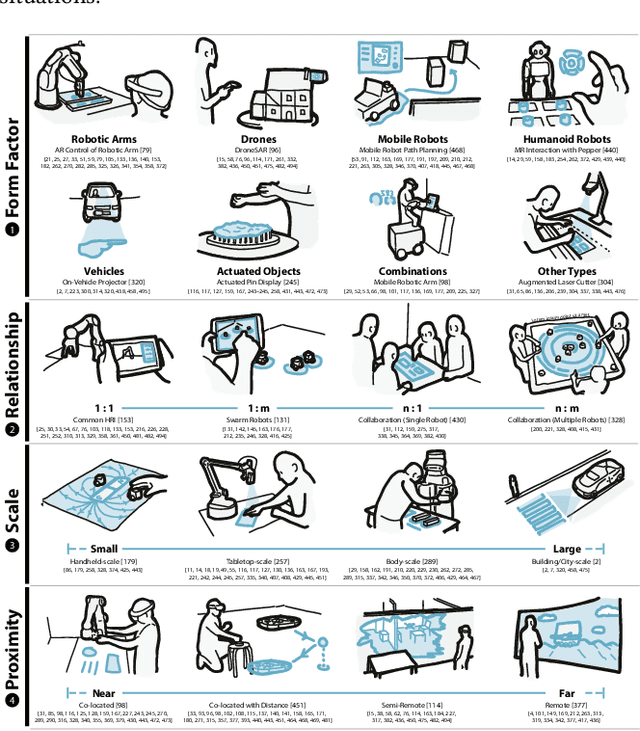Adnan Karim
RealityTalk: Real-Time Speech-Driven Augmented Presentation for AR Live Storytelling
Aug 12, 2022



Abstract:We present RealityTalk, a system that augments real-time live presentations with speech-driven interactive virtual elements. Augmented presentations leverage embedded visuals and animation for engaging and expressive storytelling. However, existing tools for live presentations often lack interactivity and improvisation, while creating such effects in video editing tools require significant time and expertise. RealityTalk enables users to create live augmented presentations with real-time speech-driven interactions. The user can interactively prompt, move, and manipulate graphical elements through real-time speech and supporting modalities. Based on our analysis of 177 existing video-edited augmented presentations, we propose a novel set of interaction techniques and then incorporated them into RealityTalk. We evaluate our tool from a presenter's perspective to demonstrate the effectiveness of our system.
Augmented Reality and Robotics: A Survey and Taxonomy for AR-enhanced Human-Robot Interaction and Robotic Interfaces
Mar 07, 2022



Abstract:This paper contributes to a taxonomy of augmented reality and robotics based on a survey of 460 research papers. Augmented and mixed reality (AR/MR) have emerged as a new way to enhance human-robot interaction (HRI) and robotic interfaces (e.g., actuated and shape-changing interfaces). Recently, an increasing number of studies in HCI, HRI, and robotics have demonstrated how AR enables better interactions between people and robots. However, often research remains focused on individual explorations and key design strategies, and research questions are rarely analyzed systematically. In this paper, we synthesize and categorize this research field in the following dimensions: 1) approaches to augmenting reality; 2) characteristics of robots; 3) purposes and benefits; 4) classification of presented information; 5) design components and strategies for visual augmentation; 6) interaction techniques and modalities; 7) application domains; and 8) evaluation strategies. We formulate key challenges and opportunities to guide and inform future research in AR and robotics.
 Add to Chrome
Add to Chrome Add to Firefox
Add to Firefox Add to Edge
Add to Edge